PACK:
60 capsules in tinted glass bottles
PRECAUTIONS FOR USE:
This product does not interfere with any other medication and does not have any kind of contraindication. It can even be used by children, the elderly and pregnant women.
MAIN INGREDIENTS:
VITAMIN COMPLEX B (B1, B2, B3, B5, B6, B8, B9) without vitamin B12.
– Thiamine or vitamin B1: anti-neuritic (nervous system)
– Riboflavin or vitamin B2: anti dermatitis, energy vitamin
– Nicotinamide or vitamin B3: energy vitamin
– Pantothenic acid or vitamin B5: vitamin of the skin and hair
– Vitamin B6: vitamin of femininity
– Biotin or vitamin B8 or H: skin and hair
– Folic acid or vitamin B9: anti anemia and prevention of fetal malformations.
INGREDIENTS:
bulking agent: microcrystalline cellulose; capsule: edible gelatine; anti-caking agent: magnesium salts of fatty acids; Nicotinamide (Vit. B3); Calcium pantothenate (Vit. B5); Pyridoxine hydrochloride (Vit. B6); Riboflavin (Vit. B2); Thiamine hydrochloride (Vit. B1); Pteroylmonoglutamic acid (Folic acid – Vit. B9); Biotin (Vit. H).
Last updated on 17/07/2025
HOW ITS COMPONENTS WORK:
B vitamins are essential to good health.
They can be found in beans, certain types of fruit, walnuts, seeds, pulses, eggs and brewer’s yeast.
Thiamine or vitamin B1 is essential in regulating energy metabolism and acts as a coenzyme by converting carbohydrates into energy in the muscles and nervous system.
Riboflavin or vitamin B2 has a key role in ensuring the correct functioning of the whole nervous system, as well as the brain.
Nicotinamide or vitamin B3 plays a key role in the production and use of energy and helps cell respiration.
It also participates in the regulation of cholesterol.
Pantothenic acid or vitamin B5 is a component of coenzyme A that intervenes in the metabolism of sugars, fats and proteins producing energy.
Pyridoxine hydrochloride or vitamin B6 also plays a role in the metabolism of sugars, proteins and fats. It favours the production of antibodies, red blood cells (2009 : 7 (9) : 12) and B3. It also regulates the functioning of the digestive system, nervous system (2009 : 7 (9) : 12) and muscles system.
• Contributes to normal energy metabolism (2010; 8 (10): 1)
• Contributes to cysteine synthesis (2010; 8 (10): 1)
• Promotes the regulation of hormonal activity (2010; 8 (10): 1)
• Participates in homocystine metabolism (2010; 8 (10): 1)
• Contributes to normal protein and glycogen metabolism (2009: 7 (9): 12)
• Contributes to normal psychological function (2010; 8 (10): 1)
• Participates in the normal function of the immune system (2009: 7 (9): 12)
• Helps to reduce tiredness and fatigue (2009: 7 (9): 12)
Biotin or vitamin B8 or H contributes to normal growth and development of the skin and hair, as well as the nerves and bone marrow.
Folic acid or vitamin B9 is the growth vitamin which is recommended during pregnancy, for premature babies, for the anaemic and for treating atherosclerosis.
- Participates in the growth of maternal tissues in pregnancy
- Participates in the synthesis of amino acids
- Contributes to normal hemapheresis
- Contributes to homocysteine metabolism
- Contributes to normal psychological function
- Contributes to the normal function of the immune system
- Helps to reduce tiredness and fatigue
- Participates in cell division
RECOMMENDED USES:
1 capsule per day.
B vitamins can be taken either with meals or between meals.
There is no risk of toxicity as any excess is eliminated in the urine, which turns orange-yellow.
B vitamins are boosted:
– by combining them: by vitamin C – by calcium – by sulphur – by vitamins E – by potassium.
Exclusion of vitamin B12: this is a growth factor. It is therefore prudent for patients with any form of cancer to not absorb it systematically. Delta B by Vita Complex is free from B12 and is therefore, suitable for those who are undergoing oncological treatment.
SCIENTIFIC BASES – BIBLIOGRAPHY:
• “Confronting Pancreatic Cancer”. Archived from the original on 3 February 2008. Retrieved 2008-02-08.
• Schernhammer, E., et al. (June 1, 2007). “Plasma Folate, Vitamin B6, Vitamin B12, and Homocysteine and Pancreatic
Cancer Risk in Four Large Cohorts”. Cancer Research 67 (11): 5553–60. doi:10.1158/0008-5472.CAN-06- 4463. PMID 17545639. Retrieved 2008-02-08.
• United Press International (June 1, 2007). “Pancreatic cancer risk cut by B6, B12”. UPI.com.Archived from the original on 10 March 2008. Retrieved 2008-02-08.
• Vitamins, water soluble at FAQ.org
• Shaw I, Rucklidge JJ, Hughes RN. (2010). “A Possible Biological Mechanism for the B Vitamins Altering Behaviour in Attention-Deficit/Hyperactivity Disorder”. Pharm Med 24 (5): 289–294.doi:10.2165/11584440-000000000-00000.
• National Academy of Sciences. Institute of Medicine. Food and Nutrition Board., ed. (1998).”Chapter 4 – Thiamine”. Dietary Reference Intakes for Thiamine, Riboflavin, Niacin, Vitamin B6, Folate, Vitamin B12, Pantothenic Acid, Biotin, and Choline. Washington, D.C.: National Academy Press. pp. 58–86. ISBN 0-309-06411-2. Archived from the original on 18 June 2009. Retrieved 2009-06-17.
• National Academy of Sciences. Institute of Medicine. Food and Nutrition Board., ed. (1998).”Chapter 5 – Riboflavin”. Dietary Reference Intakes for Thiamine, Riboflavin, Niacin, Vitamin B6, Folate, Vitamin B12, Pantothenic Acid, Biotin, and Choline. Washington, D.C.: National Academy Press. pp. 87–122. ISBN 0-309-06411-2. Archived from the original on 18 June 2009. Retrieved 2009-06-17.
• National Academy of Sciences. Institute of Medicine. Food and Nutrition Board., ed. (1998).”Chapter 6 – Niacin”. Dietary Reference Intakes for Thiamine, Riboflavin, Niacin, Vitamin B6, Folate, Vitamin B12, Pantothenic Acid, Biotin, and Choline. Washington, D.C.: National Academy Press. pp. 123–149. ISBN 0-309-06411-2. Archived from the original on 18 June 2009. Retrieved 2009-06-17.
• http://www.rxabbott.com/pdf/niaspan.pdf
• National Academy of Sciences. Institute of Medicine. Food and Nutrition Board., ed. (1998).”Chapter 7 – Vitamin B6″. Dietary Reference Intakes for Thiamine, Riboflavin, Niacin, Vitamin B6, Folate, Vitamin B12, Pantothenic Acid, Biotin, and Choline. Washington, D.C.: National Academy Press. pp. 150–195. ISBN 0-309-06411-2. Archived from the original on 18 June 2009. Retrieved 2009-06-17.
• National Academy of Sciences. Institute of Medicine. Food and Nutrition Board., ed. (1998).”Chapter 8 – Folate”. Dietary Reference Intakes for Thiamine, Riboflavin, Niacin, Vitamin B6, Folate, Vitamin B12, Pantothenic Acid, Biotin, and Choline. Washington, D.C.: National Academy Press. pp. 196–305. ISBN 0-309-06411-2. Archived from the original on 18 June 2009. Retrieved 2009-06-17.
• National Academy of Sciences. Institute of Medicine. Food and Nutrition Board., ed. (1998).”Chapter 9 – Vitamin B12″. Dietary Reference Intakes for Thiamine, Riboflavin, Niacin, Vitamin B6, Folate, Vitamin B12, Pantothenic Acid, Biotin, and Choline. Washington, D.C.: National Academy Press. p. 346. ISBN 0-309-06411-2. Archived from the original on 11 October 2010. Retrieved 2010-09-23.
• Dupré, A; Albarel, N; Bonafe, JL; Christol, B; Lassere, J (1979). “Vitamin B-12 induced acnes”.Cutis; cutaneous medicine for the practitioner 24 (2): 210–1. PMID 157854.
• Stipanuk, M.H. (2006). Biochemical, physiological, molecular aspects of human nutrition (2nd ed.). St Louis: Saunders Elsevier p.667
• Winklera, C; B. Wirleitnera, K. Schroecksnadela, H. Schennachb and D. Fuchs (September 2005). “Beer downregulates activated peripheral blood mononuclear cells in vitro”.International Immunopharmacology 6 (3): 390– 395. doi:10.1016/j.intimp.2005.09.002.PMID 16428074. Retrieved 2010-01-18.
• Hoyumpa Jr, AM (1980). “Mechanisms of thiamin deficiency in chronic alcoholism”. American Journal of Clinical Nutrition 33 (12): 2750–2761. PMID 6254354. Retrieved 2010-01-18.
• Leevy, Carroll M. (1982). “Thiamin deficiency and alcoholism”. Annals of the New York Academy of Sciences 378 (Thiamin: Twenty Years of Progress): 316–326. doi:10.1111/j.1749-6632.1982.tb31206.x. Retrieved 2010- 01-18.
• Pinto, J; Y P Huang, and R S Rivlin (May 1987). “Mechanisms underlying the differential effects of ethanol on the bioavailability of riboflavin and flavin adenine dinucleotide”. Journal of Clinical Investigation 79 (5): 1343– 1348. doi:10.1172/JCI112960. PMC 424383. PMID 3033022.
• Spivak, JL; DL Jackson (June 1977). “Pellagra: an analysis of 18 patients and a review of the literature”. The Johns Hopkins Medical Journal 140 (6): 295–309. PMID 864902.
• Said, HM; A Sharifian, A Bagherzadeh and D Mock (1990). “Chronic ethanol feeding and acute ethanol exposure in vitro: effect on intestinal transport of biotin”. American Journal of Clinical Nutrition 52 (6): 1083–1086. PMID 2239786. Retrieved 2010-01-18.
• Halsted, Charles; Picciano, M.F., Stokstad, E.L.R. and Gregory, J.F. (eds) (1990). Intestinal absorption of dietary folates (in Folic acid metabolism in health and disease). New York, New York: Wiley-Liss. pp. 23–45. ISBN 0-471-56744- 2.
• Watson, Ronald; Watzl, Bernhard, eds. (September 1992). Nutrition and alcohol. CRC Press. pp. 16–18. ISBN 978-0- 8493-7933-8.
• Herbert, Victor (1 September 1998). “Vitamin B-12: Plant sources, requirements, and assay”.Am. J. Clin. Nutr. 48 (3): 852–8. PMID 3046314. Archived from the original on 24 February 2008. Retrieved 2008-02-26.
• Vitamin B injections mentioned
• Chris Woolston (July 14, 2008). “B vitamins don’t boost energy drinks’ power”. Los Angeles Times. Archived from the original on 19 October 2008. Retrieved 2008-10-08.
• Thornalley, P. J.; Babaei-Jadidi, R.; Al Ali, H.; Rabbani, N.; Antonysunil, A.; Larkin, J.; Ahmed, A.; Rayman, G. et al. (2007). “High prevalence of low plasma thiamine concentration in diabetes linked to a marker of vascular disease”. Diabetologia 50 (10): 2164–70. doi:10.1007/s00125-007-0771-4. PMC 1998885. PMID 17676306.
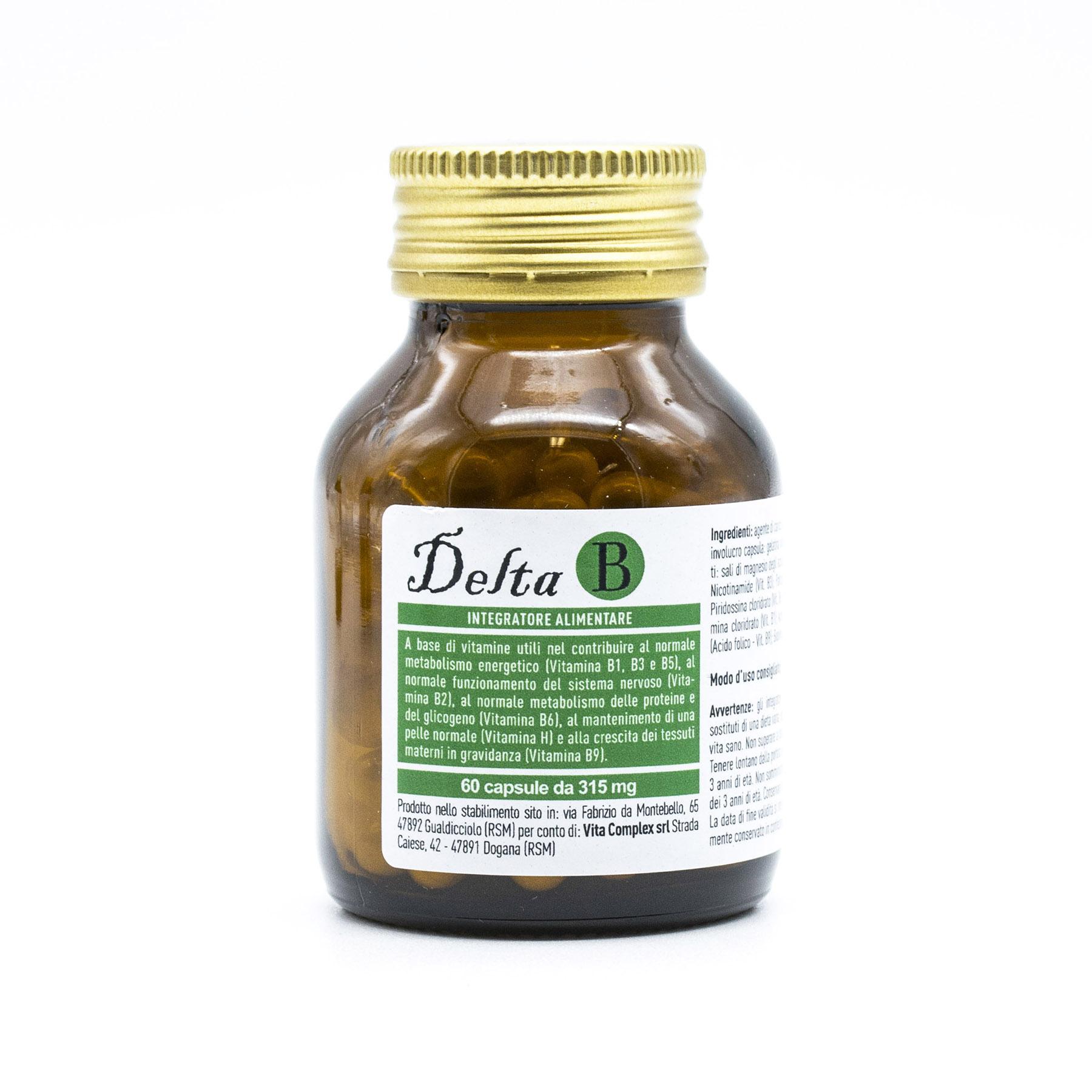
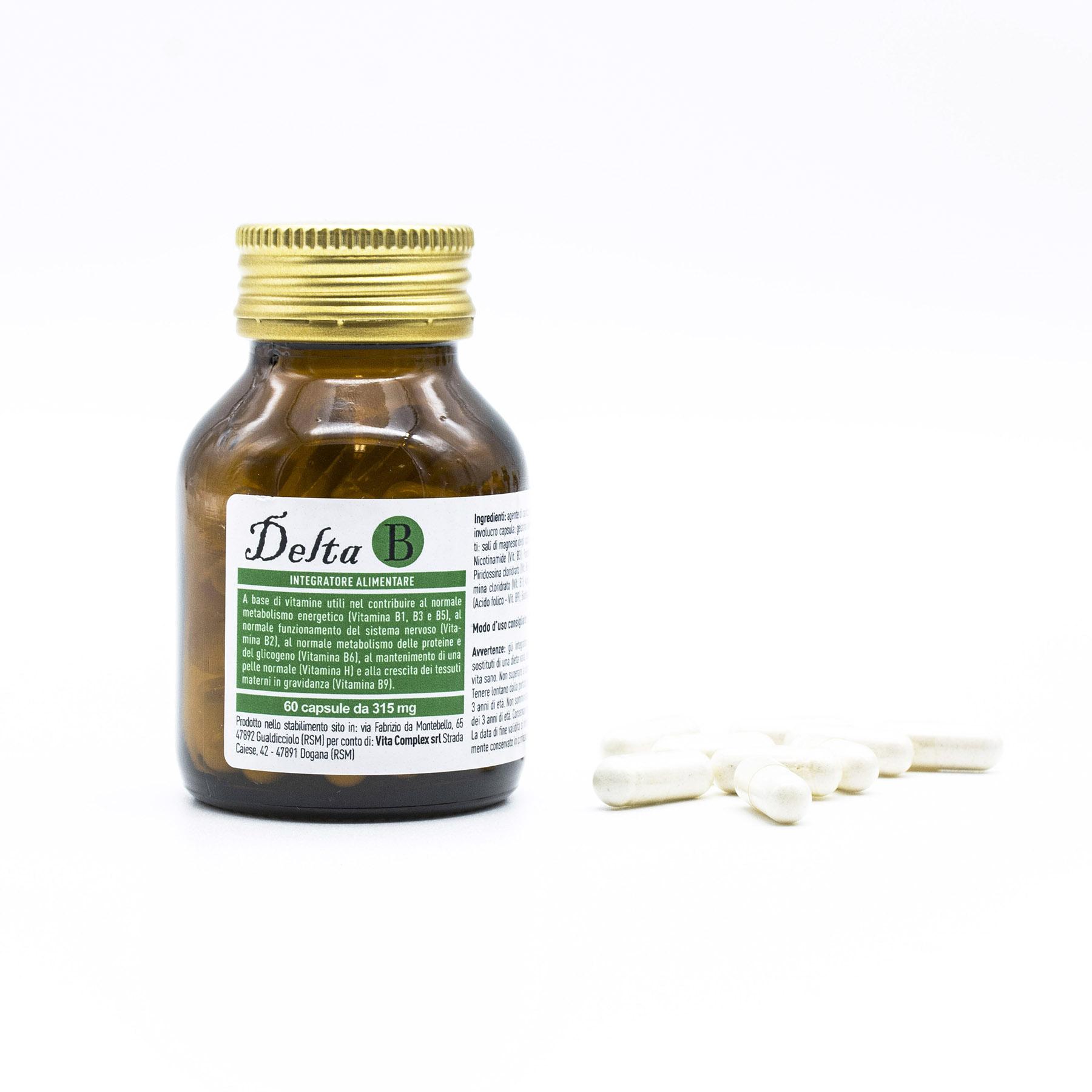
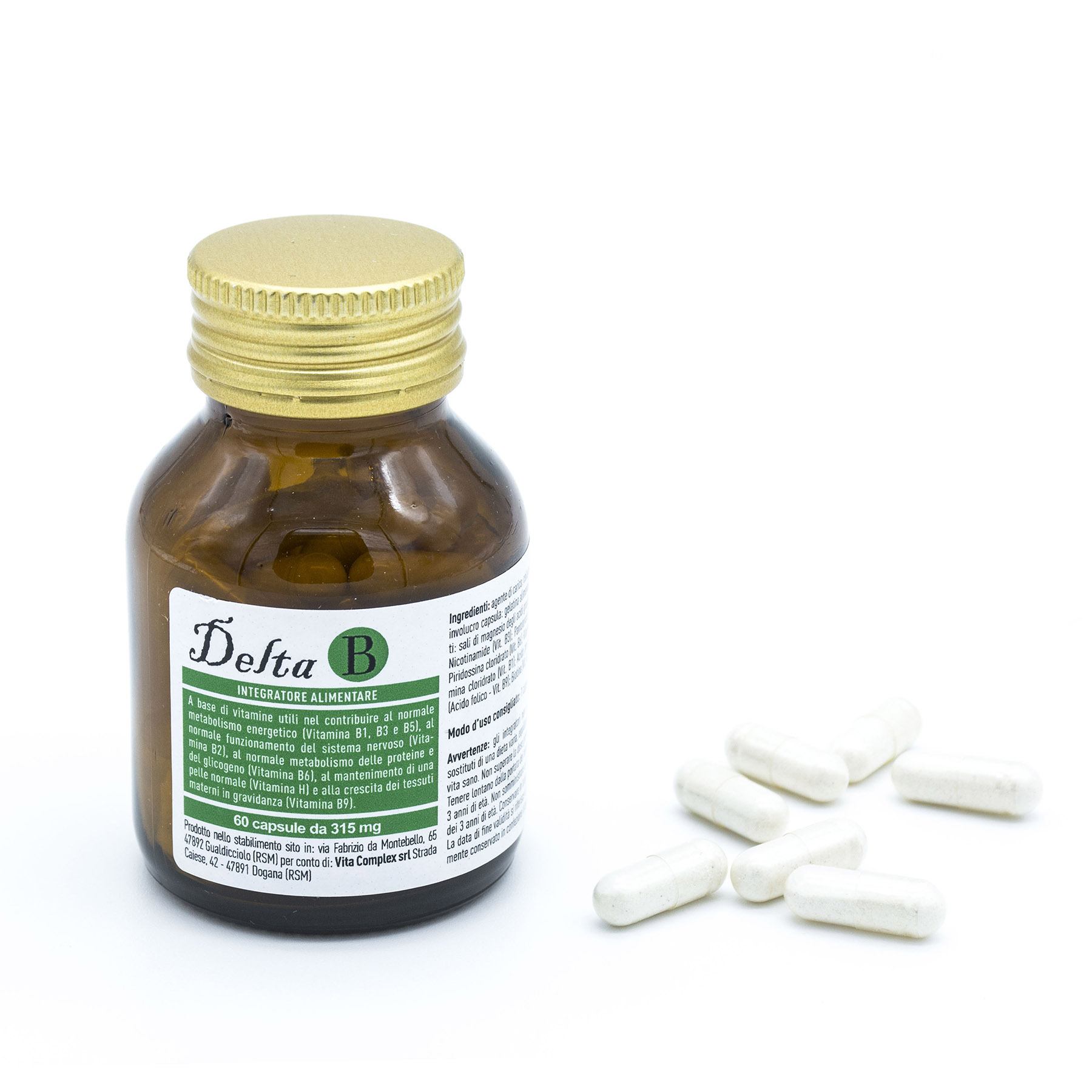
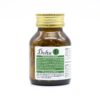
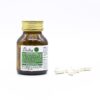
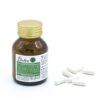

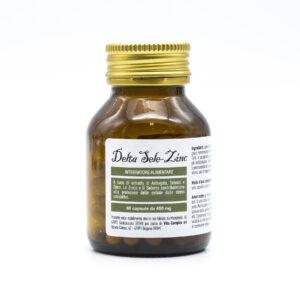


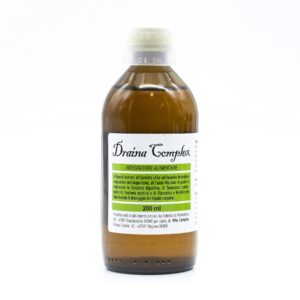



Reviews
There are no reviews yet.